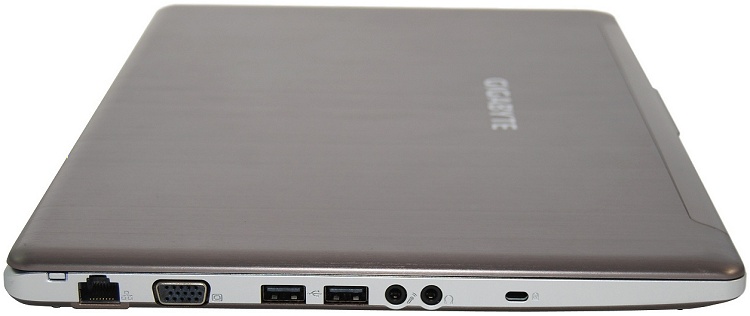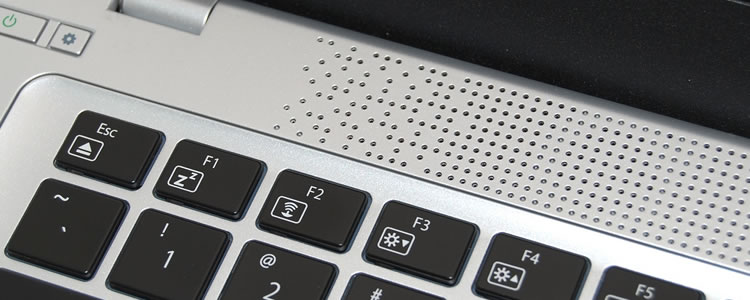It was 2011 and Intel saw a surging trend in mobile computing, admittedly inspired by Apple's Macbook Air. Notebooks were to become thinner, batteries had to last more, optical drives were going away, and performance, performance didn't have to suffer too much. Moreover, manufacturers didn't seem to be doing a whole lot to get on this trend, so Intel pushed forward by investing $300 million of its own money to make it happen.
The first Ultrabook specification was based on the Huron River platform using the Sandy Bridge architecture. This specification required a minimum battery life of 5 hours, a resume from hibernation time of 7 seconds, and the laptop's body could be no more than 18mm thick for 13.3" models and 21mm thick for 14" models. The use of solid-state drives and unibody chassis were also encouraged (but not part of the specification) to help meet these criteria.
The more modern and current Chief River specification is based on Ivy Bridge. The battery life, resume time and dimensions remain the same, while a storage transfer rate of 80MB/s minimum has been added along with mandatory USB 3.0 or Thunderbolt support.

There are currently more than two dozen 'Chief River' ultrabooks available from manufacturers such as Asus, Dell, Fujitsu, HP, Lenovo, Samsung, Sony and Gigabyte. Today we are checking out the latest model from Gigabyte. The U2442F is one of many U2442 variations, though as the flagship model it's the most expensive and powerful.
Gigabyte U2442F First Impressions
Gigabyte's 14-inch ultrabook measures 339mm wide, 233mm deep and just 21mm thick at its widest point, while weighing just 1.69kg when fitted with an SSD, HDD and the Li-polymer (11.1V, 47.73Wh) battery.
Gigabyte U2442F 14" ultrabook - $1250
- 14" 1600x900 LED display
- Intel Core i7-3517U (1.9 - 3.0GHz)
- Nvidia GeForce GT 650M 2GB GDDR3
- Intel HD Graphics 4000
- 8GB of DDR3 RAM
- Crucial m4 128GB mSATA SSD
- Toshiba 750GB HDD
- SD card reader
- 2x USB 3.0, 2x USB 2.0, HDMI, VGA, audio jack
- 802.11b/g/n, Bluetooth 4.0
- 1.3 megapixel webcam
- Chiclet keyboard
- 1-button trackpad
- 6-cell Li-Polymer battery
- 339 x 233 x 21 mm, 3.7 pounds
The lid is a mere 5mm thick, featuring a thin aluminum back that gives the screen a little extra protection and looks great in the process. The 14" LED backlit screen sports a 1600x900 resolution and matte finish. Personally it makes me happy that Gigabyte didn't go with a gloss here.
The screen has an embedded 1.3M HD webcam which blends seamlessly into the design. There is a small LED light next to it which lights up when the camera is active. Next to the small camera lens there's also a small hole for the microphone.
Moving to the keyboard, Gigabyte has included an 87 key 6-row chiclet backlit solution. As with most modern notebooks, there are function key combos to quickly enable or disable features such as wireless network, webcam, Bluetooth, trackpad and so on.
The keyboard feels great and I'd happily use it on a daily basis. We also found it easy to avoid the trackpad, which measures 95mm by 55mm. The palm rest is plastic but feels nice to rest your hands on and doesn't mark easily.

Underneath the U2442F are various small grills to let cool air in, as well as four small rubber feet that raise the laptop and stop it from marking surfaces such as a desk. It isn't possible to remove the battery from the U2442F without taking the Ultrabook apart and in fact the only easily accessible component is the memory as a cover can be removed exposing two SO-DIMM slots.


Connectivity-wise, you'll find an SD card reader, two USB 3.0 ports, HDMI port and a DC-input power jack on the right side. The left side includes a Gigabit Ethernet port, D-sub (VGA) port, two USB 2.0 ports, microphone jack, headphone jack and a Kensington lock slot.
